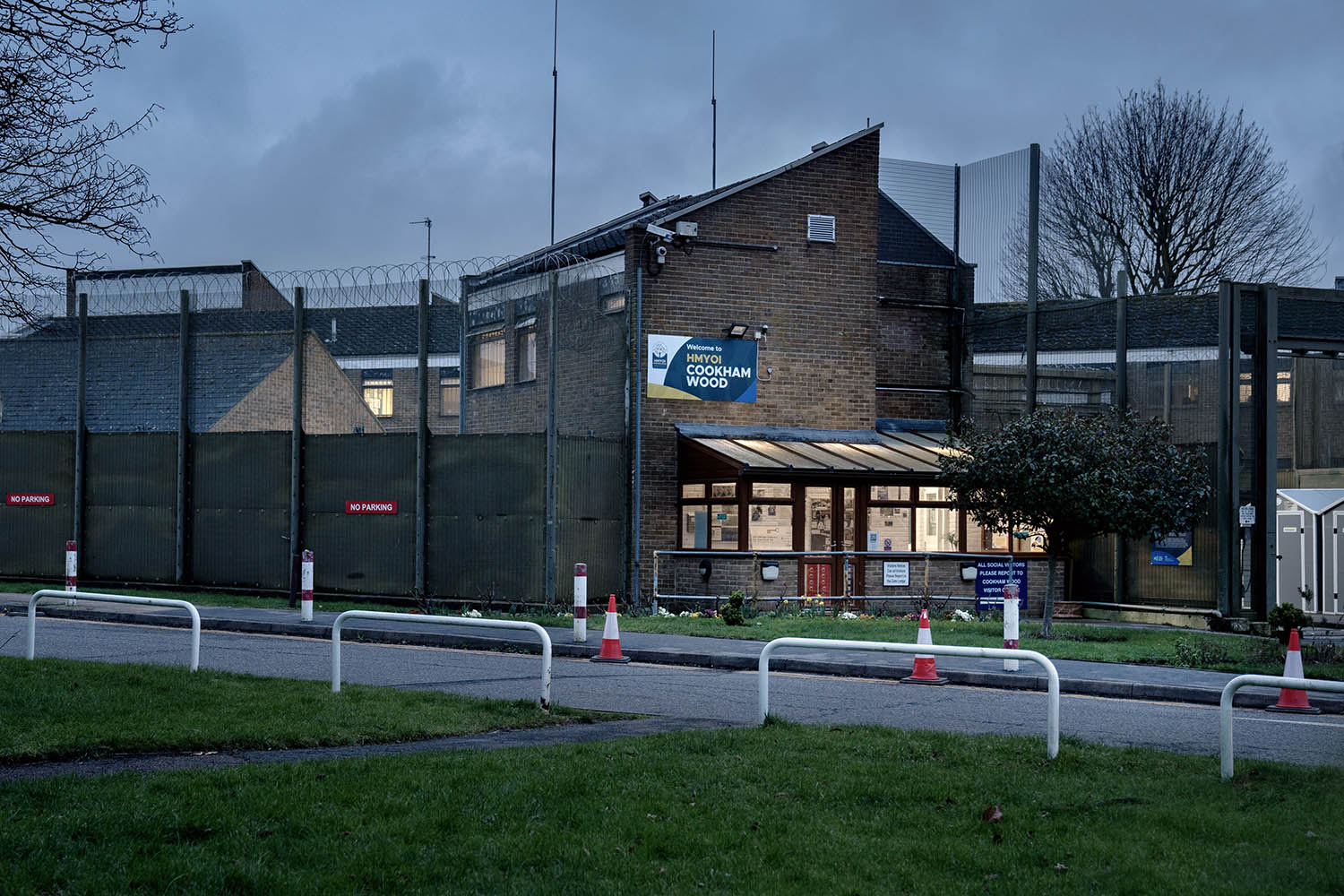
A failing children’s prison is being closed down. Last month, Tortoise published an investigation into what’s gone wrong inside Cookham Wood.
A failing children’s prison will be closed down, in the wake of a Tortoise investigation which showed high levels of prison officer sackings, repeated use of dog teams due to guards’ inability to keep the teenage inmates safe, soaring rates of staff sickness and resignations, and accounts of boys being locked in their cells for up to 23.5 hours a day in effective solitary confinement.
Last spring, Cookham Wood Young Offender Institution in Kent was subject to a damning report by His Majesty’s Inspectorate of Prisons.
An urgent notice was also sent directly to the justice secretary, to emphasise inspectors’ alarm at the living conditions for the boys while on remand or serving a custodial sentence.
A subsequent report by the prison’s Independent Monitoring Board published last month condemned Cookham Wood for subjecting children aged 15 to 18 to treatment that was “regularly inhumane”.
In shutting down a prison that has been breaching children’s human rights for years, the government has now admitted that while some improvements had taken place at Cookham Wood, “the further improvements needed cannot be delivered at the scale required in an acceptable time frame.”
What next? When Tortoise published “A Hidden Hell – the prison for children”, Cookham Wood’s population as reported by the Independent Monitoring Board stood at 80 boys, 58 per cent of whom were on remand, so not convicted of any crime.
The government now plans to disperse this mix of violent and traumatised children across the youth prison estate.
In its announcement of the closure, the government said “there is ample capacity for the young offenders currently housed in Cookham Wood to be placed elsewhere in the youth secure estate.”
Space is one thing. But good options for this group of vulnerable and dangerous boys appear to be limited.
When Cookham Wood closes there will be three remaining YOIs in England. A recent excoriating HMIP inspection into Wetherby YOI, detailing many of the same failings as inspectors found at Cookham Wood, does not suggest that prison has the capacity to safely manage a further intake.
